Harsil Valley is in Uttarakhand, India, in a place called Uttarkashi district. People often call it a hidden treasure because it’s not as well-known as other places. It sits beside the Bhagirathi River, up in the mountains about 2,620 meters high.
This area is famous for its apple farms, thick forests of deodar trees, and the peaceful river flowing through. Unlike busier places in Uttarakhand, Harsil isn’t usually crowded, which makes it perfect for anyone who wants some quiet time surrounded by nature’s beauty. In this vlog, I’ll tell you everything you need to know for a great trip: How to reach Harsil, the best time to go, where to stay, local attractions, and tips for making the most of your visit.
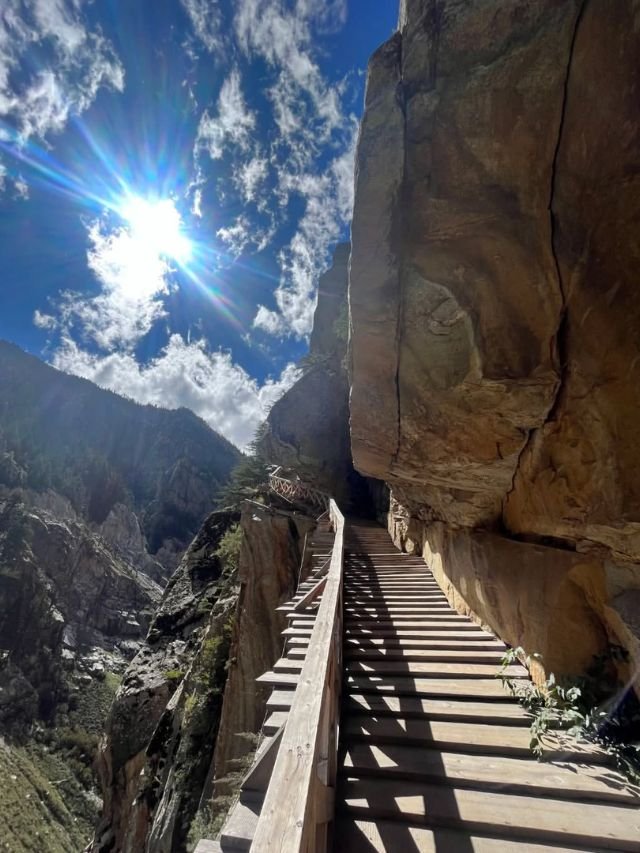
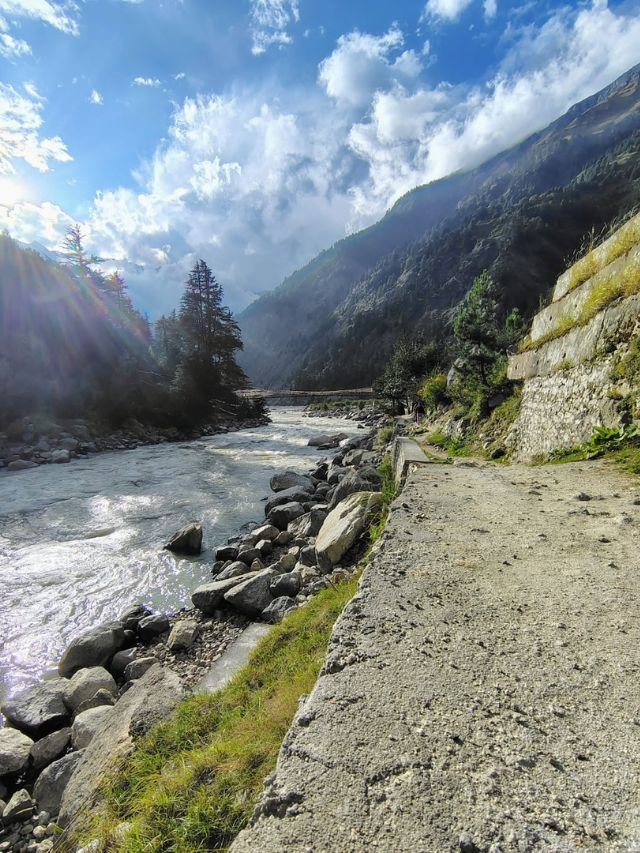
How to Reach Harsil Valley
Harsil Valley, a picturesque destination in Uttarkashi district, can be reached by air, train, or road. Here’s a complete guide on how to travel to Harsil:
1. By Air
- Nearest Airport: Jolly Grant Airport (DED) in Dehradun, approximately 220 km from Harsil.
- Taxi Fare: The cost for a taxi from the airport to Harsil is typically between ₹5000-₹6000.
- Travel Time: The journey takes around 7-8 hours, depending on weather and traffic conditions.
2. By Road
Driving Routes from Dehradun:
- Route 1: Take the Dehradun-Mussorrie-Suhakholi-Chinyalisaur-Uttarkashi-Harsil route. This is a single-lane road known for its scenic beauty and stunning landscapes.
- Route 2: Drive through Dehradun-Mussorrie-Narendra-Chamba for an alternative route to reach Harsil.
Direct Taxis: Direct taxis are available for hire, but they may come at a higher price.
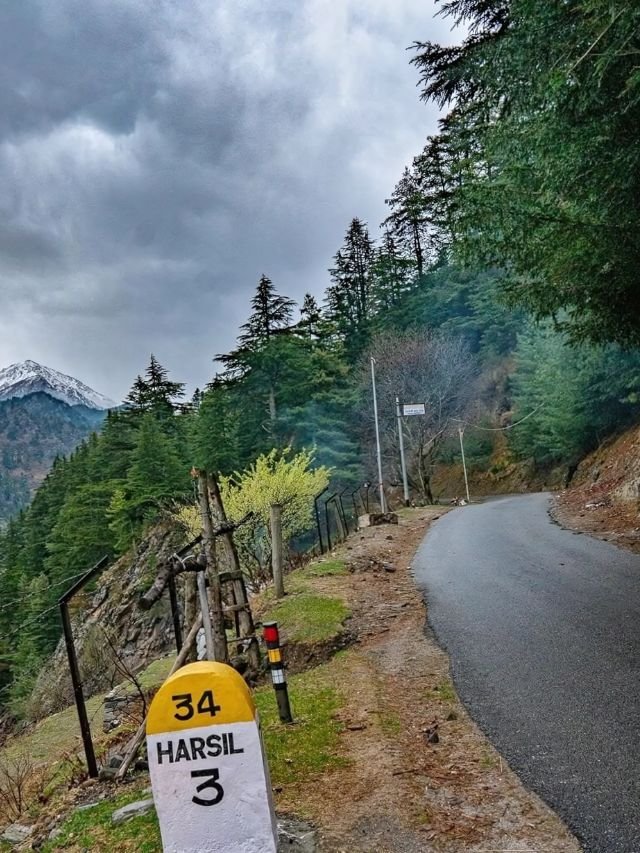
3. By Train
The nearest railway station is Dehradun Railway Station (DDN), located about 200 km from Harsil.
- Shared Taxi: From Dehradun Railway Station to Uttarkashi, the shared taxi fare is around ₹400-₹500.
- Uttarkashi to Harsil: The shared taxi fare for this leg of the journey ranges from ₹150-₹200.
- Total Cost: This option is more economical than a direct taxi.
- Road Conditions: The route is generally good but may have some narrow and winding sections, especially as you approach Harsil, so be cautious while driving.
4. By Bus
There is no direct bus service from Dehradun to Harsil.
Buses from Rishikesh and Haridwar:
- Haridwar: Similar service is available from Haridwar at 8 AM with a ticket price of approximately ₹800.
- Rishikesh: Ordinary buses depart from Rishikesh at 8 AM with fares around ₹800.
Char Dham Yatra: These buses run as part of the Char Dham Yatra toward Gangotri. Harsil is located before Gangotri, so make sure not to board a bus heading directly to Gangotri if you want to reach Harsil first.
Normal Days: Bus frequency is much lower outside the Char Dham Yatra season, so plan your travel accordingly.

Best Time to Visit Harsil Valley
Harsil Valley can be visited year-round, but the best time depends on what you wish to experience.
1. Summer (April to June):
- This is the most popular time to visit Harsil. The Harsil Valley weather is pleasant with temperatures ranging from 10°C to 25°C. It’s a great time for trekking, sightseeing, and enjoying the natural beauty of the valley.
2. Monsoon (July to September):
- Monsoon brings heavy rainfall, which can sometimes lead to landslides and roadblocks. While the landscape becomes lush and green, traveling can be challenging. It’s best to avoid this period unless you are prepared for potential disruptions.
3. Autumn (October to November):
- This is another excellent time to visit. The weather is cool and comfortable, and the clear skies offer spectacular views of the snow-capped peaks. It’s also a great time for photography and exploring the valley’s natural beauty.
4. Winter (December to March):
- Winter transforms Harsil into a snow-covered wonderland. If you enjoy snow and cold weather, this is the time for you. Temperatures can drop below freezing, so be prepared for the cold. This is also the time for experiencing the local culture and enjoying the snow-covered landscape.
Harsil Valley Images
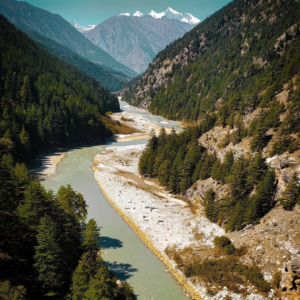
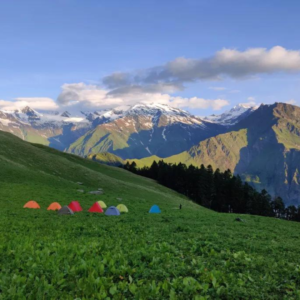
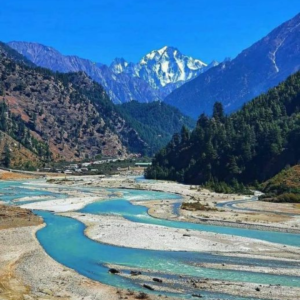
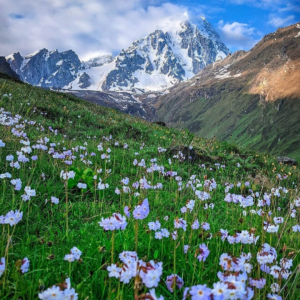
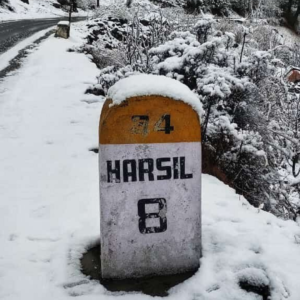
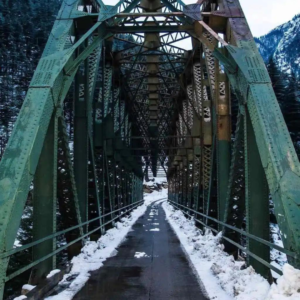
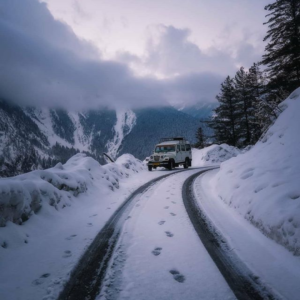
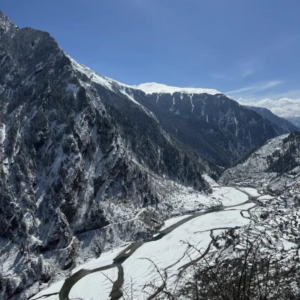
10 Best Places to Visit in Harsil Valley
Harsil Valley is a treasure trove of natural beauty and cultural heritage, offering a range of attractions that cater to various interests. Here are some Places to Visit in Harsil Valley:
1. Gangotri
Located about 25 kilometers from Harsil, Gangotri is one of the Char Dhams and a significant pilgrimage site. The Gangotri Temple, dedicated to Goddess Ganga, is the main attraction here. The temple opens from late April to early November, and the scenic drive from Harsil to Gangotri is an experience in itself, with stunning views of the Himalayas and the Bhagirathi River.
2. Mukhba Village
Mukhba is a picturesque village near Harsil and serves as the winter abode of Goddess Ganga when the Gangotri Temple is closed. The village is known for its traditional wooden houses, terraced fields, and vibrant local culture. Visiting Mukhba offers a glimpse into the simple, yet rich lifestyle of the local community.
3. Wilson Cottage
Named after Frederick E. Wilson, a British army officer who settled in Harsil in the mid-19th century, Wilson Cottage is a historical site. Wilson played a significant role in developing the region’s apple cultivation and timber trade. The cottage, surrounded by apple orchards and deodar forests, offers a peek into the history and development of Harsil.
4. Dharali
A charming village located just a few kilometers from Harsil, Dharali is known for its apple orchards, potato farms, and stunning landscapes. The village is also home to a small Shiva Temple that attracts visitors. The serene environment and the friendly locals make Dharali a perfect spot for a peaceful retreat.
5. Sat Tal
Sat Tal, which means “seven lakes,” is a group of seven interconnected freshwater lakes situated near Harsil. The lakes are surrounded by dense forests and offer a tranquil setting for picnics, bird watching, and nature walks. The clear, reflective waters of the lakes add to the picturesque beauty of the area.
6. Bhagirathi River
The serene Bhagirathi River flows through Harsil Valley, adding to its charm. You can enjoy leisurely walks along the riverbanks, have a picnic, or simply sit and soak in the peaceful ambiance. The river is also ideal for activities like angling and photography.
7. Gangnani Hot Springs
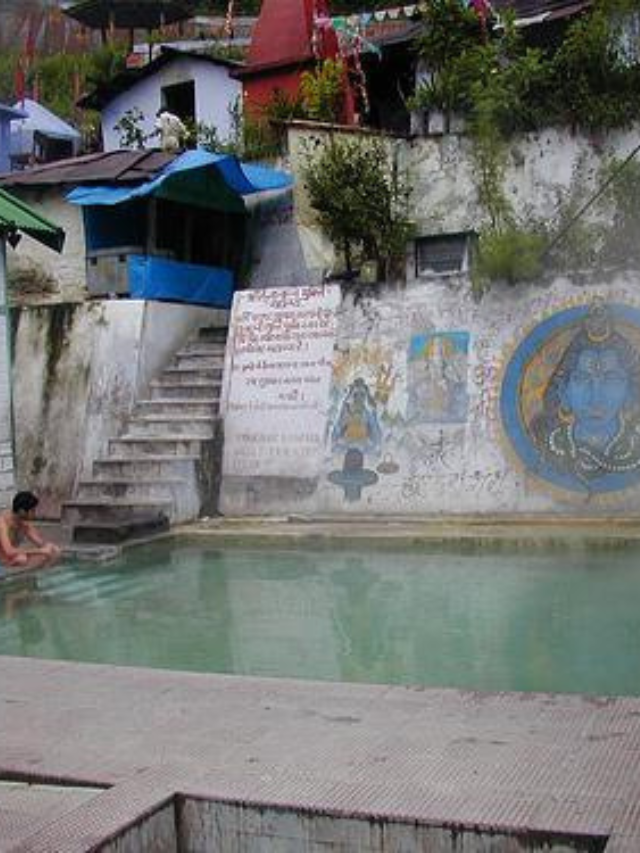
Located around 20 kilometers from Harsil, Gangnani is famous for its natural hot springs. These thermal springs are believed to have therapeutic properties and provide a relaxing experience for visitors. A dip in the hot springs amidst the cool mountain air is a refreshing experience.
8. Dayara Bugyal
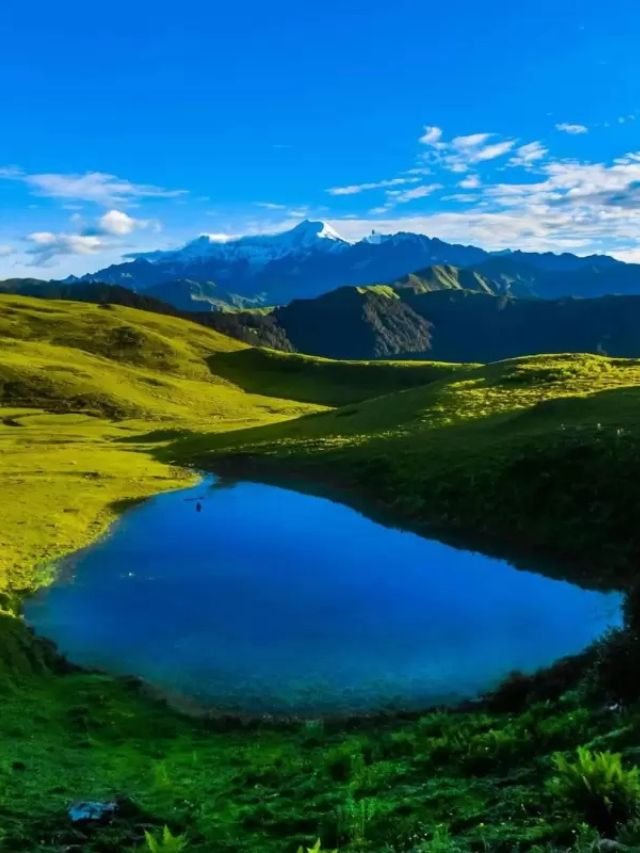
Although a bit of a trek from Harsil, Dayara Bugyal is one of the most beautiful high-altitude meadows in India. Situated at an altitude of about 3,408 meters (11,181 feet), this expansive meadow offers stunning views of the surrounding Himalayan peaks. It’s a perfect spot for camping, trekking, and enjoying the lush green pastures dotted with wildflowers.
9. Sukkhi Top
A scenic viewpoint near Harsil, Sukkhi Top offers panoramic views of the surrounding mountains and valleys. It’s an ideal spot for photography and nature enthusiasts who want to capture the breathtaking beauty of the region.
10. Jhala Village
A small, traditional village near Harsil, Jhala is known for its rustic charm and beautiful surroundings. The village offers a glimpse into the traditional lifestyle of the local people and is a great place to explore on foot.
These attractions in and around Harsil Valley provide a diverse and enriching experience for visitors. Whether you are interested in spiritual journeys, historical sites, natural beauty, or cultural exploration, Harsil Valley has something to offer for everyone.
Harsil Valley Treks
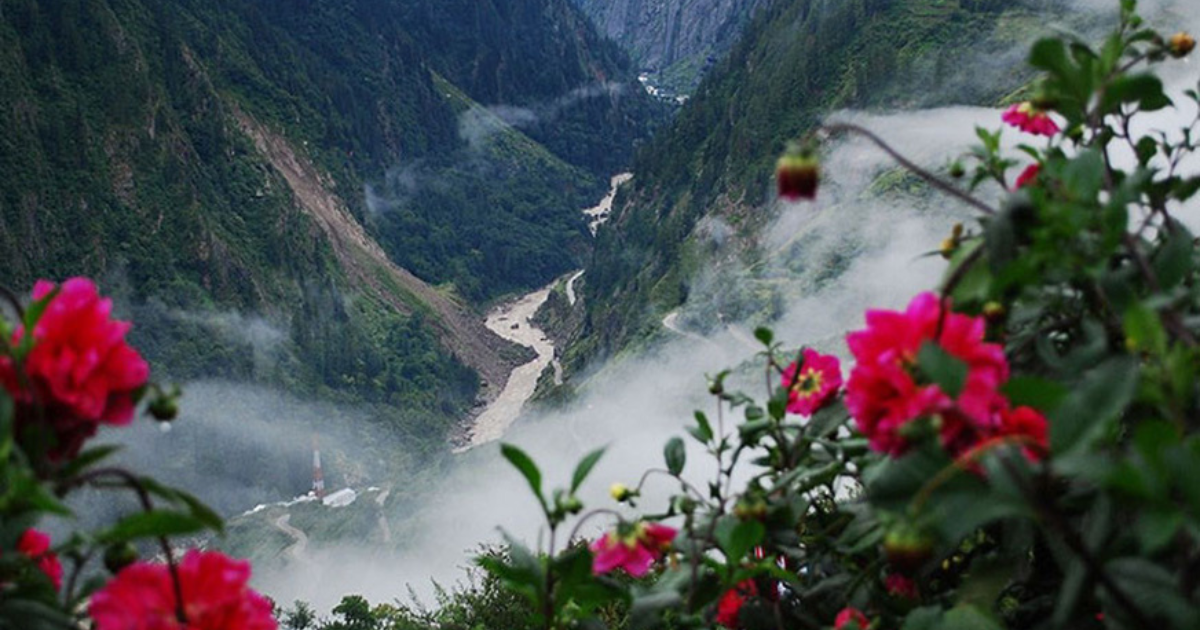
Embark on an unforgettable journey through the Harsil Valley Trek, a path that leads you through the untouched beauty of the Garhwal Himalayas. Here’s a snapshot of what trekkers can expect:
Starting Point
The Harsil Valley Trek typically begins at Harsil Village, a quaint town that serves as the base camp.
Trek Names and Routes:
- Lamkhaga Pass Trek: This challenging trek connects Harsil Valley to the Baspa Valley and is known for its high altitude and stunning landscapes.
- Dhumdhar Kandi Pass Trek: Another high-altitude trek that offers an exhilarating experience for seasoned trekkers.
- Kyarkoti Trek: A moderate level trek that spans over 6 nights and 7 days, taking you through lush meadows and offering panoramic views.
Explore Harsil Valley in Winter
Exploring Harsil Valley in winter is a magical experience that transforms the landscape into a serene, snow-covered paradise. During the winter months, from December to February, Harsil Valley becomes a winter wonderland. The temperatures can plummet to around 0 degrees Celsius at night and hover at approximately 10 degrees Celsius during the daytime. January and February are the peak of snowfall, which can sometimes lead to road closures due to heavy accumulation.
Activities in Winter:
- Snow Trekking: For the adventurous souls, trekking through the snow-clad trails provides a thrilling experience.
- Photography: Capture the breathtaking beauty of the snow-covered deodar forests and frozen streams.
- Village Visits: Experience the local culture by visiting nearby villages like Dharali and Mukhba.
Things to Do in Harsil Valley
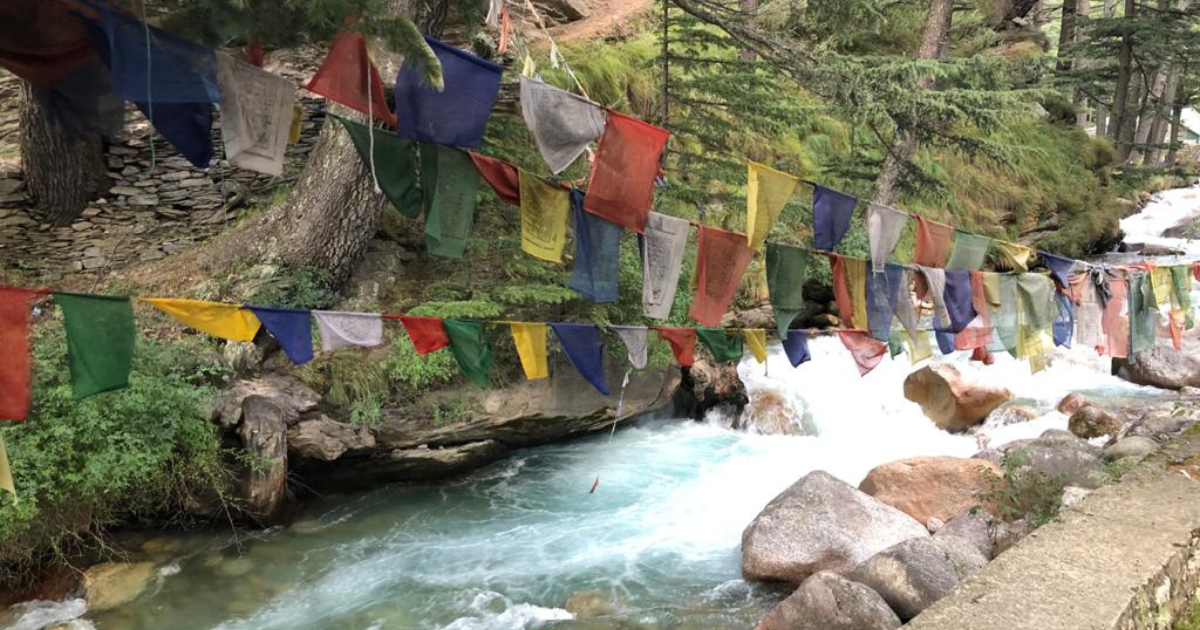
Harsil Valley, with its stunning natural beauty and serene environment, offers a variety of activities that cater to different interests. Whether you are an adventure seeker, a nature lover, or someone looking to relax and rejuvenate, Harsil Valley has something for everyone. Here’s a detailed guide to the top things to do in Harsil Valley:
1. Trekking and Hiking
- Gangotri Trek: The trail offers breathtaking views of the Himalayas and takes you through picturesque landscapes, dense forests, and charming villages.
- Dayara Bugyal Trek: This trek leads to one of the most beautiful alpine meadows in India, Dayara Bugyal. Situated at an altitude of about 3,408 meters, the meadow is covered with lush green grass and wildflowers in summer and transforms into a snow-covered paradise in winter.
- Sat Tal Trek: The trek to Sat Tal is moderately challenging and offers a tranquil experience amidst nature.
2. Visit Historical and Cultural Sites
- Wilson Cottage: Explore the cottage and learn about Wilson’s contributions to the region, including apple cultivation and timber trade.
- Mukhba Village: This village is the winter abode of Goddess Ganga and offers a glimpse into the local culture and traditions. The wooden houses, terraced fields, and the temple dedicated to Goddess Ganga make it a must-visit.
3. Explore Apple Orchards
Harsil Valley is renowned for its apple orchards. Visit these orchards, especially during the harvest season (September to October), to see the trees laden with apples. You can also taste and buy fresh apples and other local produce directly from the orchards.
4. Relax by the Bhagirathi River
The Bhagirathi River flows serenely through Harsil Valley. Spend some time relaxing by the river, enjoying the tranquil environment. It’s an ideal spot for picnics, leisurely walks, or simply soaking in the beauty of nature.
5. Experience Local Cuisine
Indulge in the local cuisine of Harsil Valley. Traditional dishes like Aloo Ke Gutke, Gahat Dal, and local sweets offer a unique culinary experience. Enjoy freshly prepared food using local ingredients and savor the flavors of the region.
6. Bird Watching
Harsil Valley is a haven for bird watchers. The diverse flora and fauna attract a variety of bird species. Carry your binoculars and enjoy spotting Himalayan birds like the Monal, Koklass Pheasant, and various species of finches and thrushes.
7. Explore Gartang Gali
Gartang Gali, an ancient pathway steeped in history, is a marvel of engineering and a testament to the human spirit’s tenacity. Perched at an altitude of 11,000 feet in the picturesque Nelong Valley near the Indo-China border, this 136-meter-long wooden stairway was originally constructed by Peshawari Pathans 150 years ago.
Once a bustling trade route between India and Tibet, it was closed after the Indo-China war in 1962 but has recently been reopened to the public, inviting adventure seekers to traverse its path once more.
The trek to Gartang Gali is as thrilling as it is scenic, winding through dense forests and offering breathtaking views of the valley below. It’s not just a journey through the Himalayas; it’s a walk through history, where every step echoes the tales of traders and travelers from a bygone era.
8. Visit Hot Springs at Gangnani
Gangnani, located about 20 kilometers from Harsil, is famous for its natural hot springs. A dip in these thermal springs, known for their therapeutic properties, provides a refreshing and relaxing experience, especially during the colder months.
9. Yoga and Meditation
The serene and peaceful environment of Harsil Valley makes it an ideal place for yoga and meditation. Several retreats and ashrams in the area offer yoga and meditation sessions, allowing you to rejuvenate your mind and body amidst nature.
10. Camping
Experience the thrill of camping in the wilderness of Harsil Valley. Set up your tent by the river, in the forests, or in the meadows and enjoy a night under the stars. Camping offers a close connection with nature and is perfect for adventure lovers.
11. Photography
Harsil Valley is a paradise for photographers. The stunning landscapes, snow-capped mountains, lush forests, and clear skies offer endless opportunities for capturing breathtaking photographs. Whether you are a professional photographer or a hobbyist, Harsil Valley will not disappoint.
12. Attend Local Festivals
Immerse yourself in the local culture by attending festivals and fairs in Harsil Valley. These events provide a glimpse into the traditions, music, dance, and cuisine of the region. Interacting with the locals and participating in their celebrations can be a memorable experience.
Harsil Valley Hotels
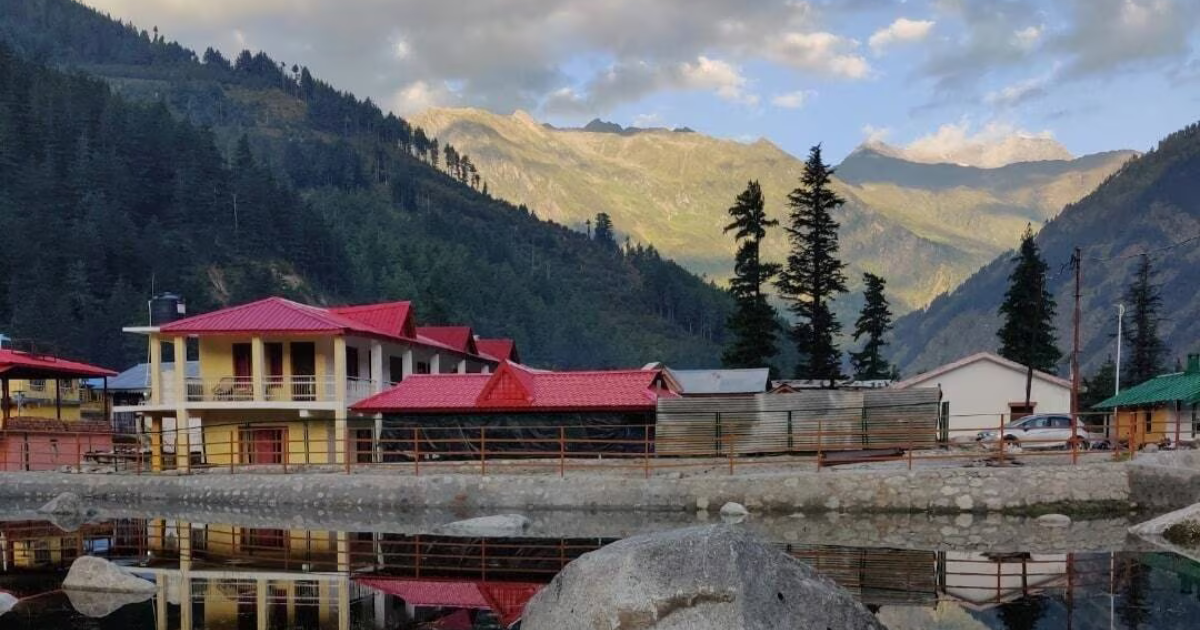
Harsil offers a range of accommodation options, from budget guesthouses to more comfortable hotels. Here are some recommended places to stay:
1. Prakriti Retreat
Located in the heart of Harsil, Prakriti Retreat offers comfortable rooms with beautiful views of the surrounding mountains and river. The hotel has an in-house restaurant serving delicious local and Indian cuisine.
2. Harsil Retreat
This is a popular choice among visitors for its cozy rooms and warm hospitality. It is situated close to the Bhagirathi River, providing a tranquil environment for guests. The hotel also arranges for local sightseeing tours and trekking expeditions.
3. GMVN Tourist Rest House
Managed by the Garhwal Mandal Vikas Nigam, this rest house offers basic yet comfortable accommodations at affordable prices. It is located conveniently, making it easy to explore the valley. The rest house also has a restaurant serving simple and hygienic food.
4. River View Resort
True to its name, this resort offers stunning views of the Bhagirathi River. It features well-appointed rooms, a restaurant, and various amenities to ensure a comfortable stay. The resort also organizes activities like bonfires and cultural programs.
5. Homestays
For a more authentic experience, consider staying at one of the many homestays in the valley. The locals are known for their hospitality, and staying with a local family can give you a deeper insight into the culture and traditions of the region.
Tips for Visiting Harsil Valley
- Acclimatize to the Altitude: Harsil Valley is situated at a high altitude. Take it slow and allow your body to adjust to prevent altitude sickness.
- Cash Over Cards: ATMs and card services may be limited in the remote areas of Uttarakhand. Carry enough cash to cover your expenses.
- Respect Local Customs: Dress modestly and be respectful of the local culture, especially when visiting religious sites.
- Connectivity: Mobile connectivity can be spotty in the mountains. Inform your loved ones about your travel plans and possible unavailability.
- Pack Wisely: Even during summers, evenings can get chilly. Carry warm clothing, sunscreen, sunglasses, and a good water bottle.
- Travel Insurance: It’s wise to have travel insurance that covers high-altitude trekking and unexpected weather changes.
- Stay Informed: Keep up with the latest weather forecasts and road conditions, especially during the monsoon and winter seasons.
- Health Precautions: If you’re prone to altitude sickness, carry the necessary medication and consult your doctor before the trip.
Conclusion
Harsil Valley is a perfect destination for those seeking a blend of natural beauty, adventure, and cultural richness. Whether you are trekking through the stunning landscapes, enjoying the local hospitality, or simply soaking in the tranquility, Harsil offers an unforgettable experience. Plan your trip wisely, respect the local environment and culture, and you are sure to create memories that will last a lifetime.

